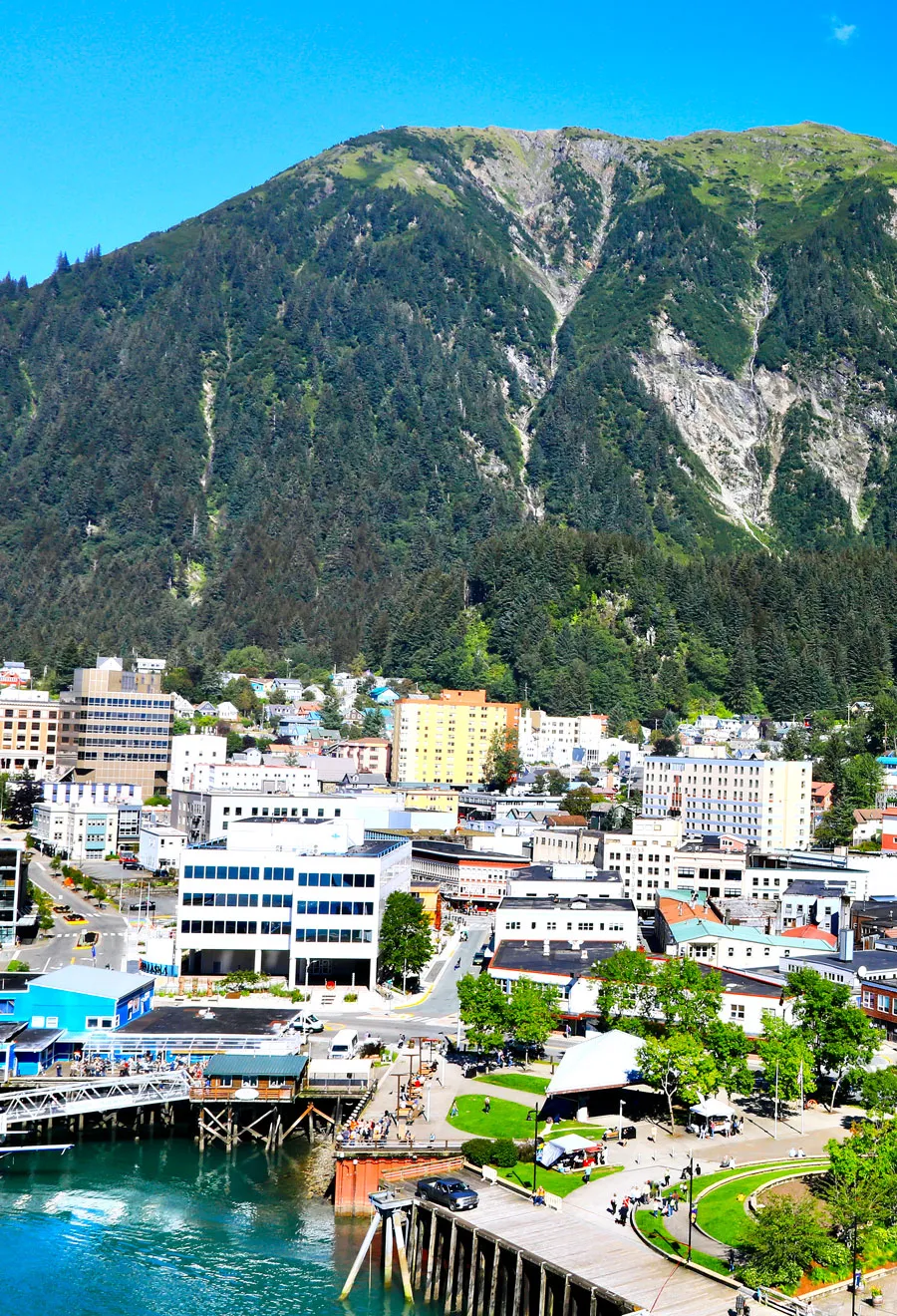Thinking about popping into the local grocery store on your next vacation? The cost of groceries varies widely across all 50 states. Some areas are abundant in agriculture, while others are geographically remote, requiring a bit more effort to deliver even the essentials. Other factors include taxes, supply chains, and the presence of national retailers. Using data from the first quarter of 2025, the Missouri Economic Research and Information Center (MERIC) determined the average cost of groceries in each state compared to the national average. Let’s explore the five most expensive and five cheapest states to buy groceries.
5 States With the Most Expensive Groceries
5. Vermont
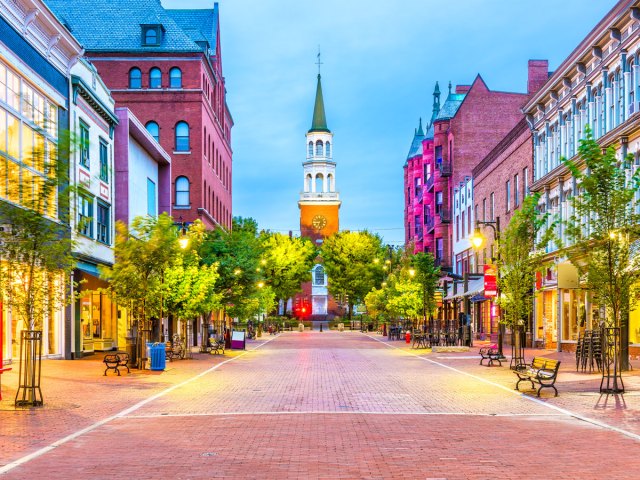
Cost of groceries: 6.4% higher than the national average
Vermont is the fifth most expensive state to buy groceries for several reasons: a higher-than-average cost of living across the board, a strong market for organic foods, and high transportation costs due to its rugged and rural landscape (which also happens to be a key driver in tourism).
Despite the high costs, Vermont is an agricultural and culinary powerhouse. Its most famous products — maple syrup, cheese, ice cream, and craft beer — are exported nationwide and help promote food tourism. For example, visitors to Ben & Jerry’s ice cream factory in Waterbury can skip the grocery store and enjoy their favorite flavor straight from the source.
4. Washington
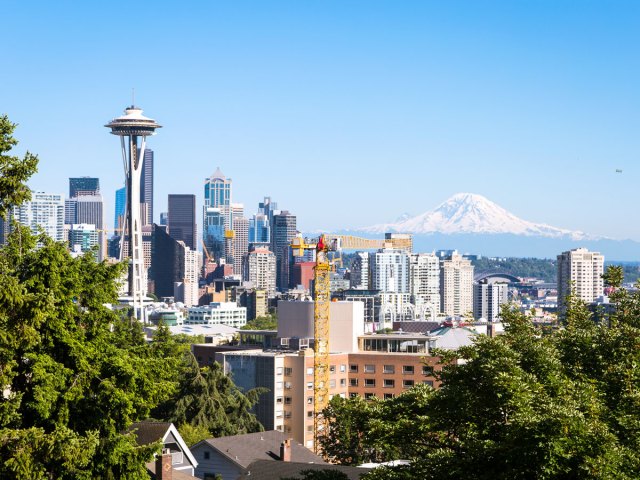
Cost of groceries: 8.2% higher than the national average
Grocery bills are also quite steep in the Evergreen State. In 2024, the average household spent nearly $290 per week on grocery store trips. These rising costs are due to supply chain disruptions, a high cost of living, and increased feed costs for farmers. According to local radio station KEYW-FM, many grocery store staples — including soda, eggs, flour, sugar, and beef — saw significant price hikes in 2024.
That said, Washington state offers plenty of opportunities to enjoy fresh food and lower prices by eating local. Programs like Eat Local First help residents and visitors find nearby farm stands, markets, and restaurants that source farm-to-table meals. From bagels and coffee to wine and seafood, locally sourced food is one way Washingtonians (and visitors) try to manage costs.
3. California
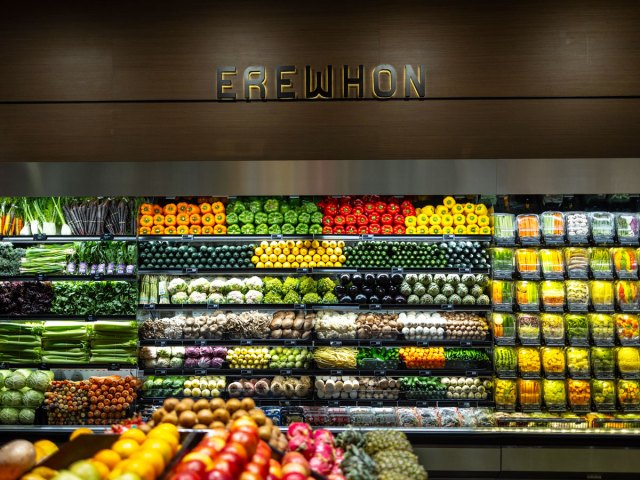
Cost of groceries: 8.8% higher than the national average
California is notorious for its high cost of living, and that extends to groceries, which are nearly 9% above the national average. However, many locals and tourists are willing to pay a premium. One standout is Erewhon, a trendy organic grocery chain known for ultra-premium items — like $15 pasture-raised eggs — and smoothies co-branded with celebrities. Another way to eat like the locals is to try California crops and produce. The state produces 99% or more of the nation’s almonds, artichokes, figs, olives, pomegranates, and walnuts.
2. Alaska
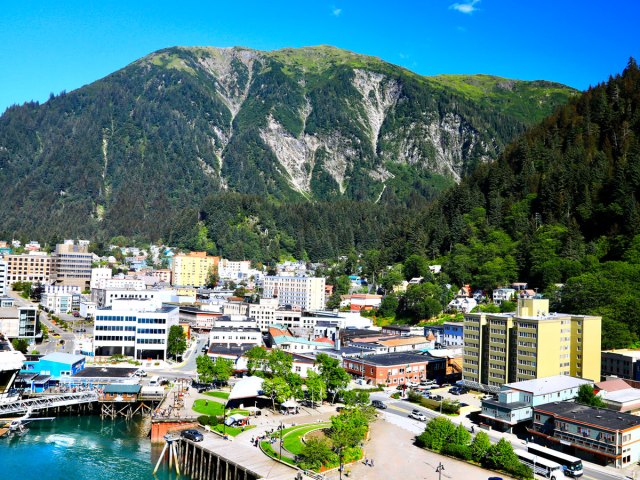
Cost of groceries: 30.3% higher than the national average
Grocery shopping in Alaska often comes with sticker shock. Its remote geography means that nearly everything must be imported, and that’s reflected in the prices. In rural parts of the state, a gallon of orange juice can run $15, and a frozen pizza costs nearly $20. Still, Alaskans find ways to save money. Many opt for locally sourced, in-season food, including seafood (especially salmon), wild berries, root vegetables, and even local specialties such as reindeer. For visitors, food tours such as Juneau Food Tours highlight the importance of regional cuisine, offering a chance to try everything from king crab bisque to locally foraged teas.
1. Hawaii

Cost of groceries: 34.6% higher than the national average
Topping the list for the state with the most expensive groceries in 2025 is Hawaii, with costs more than 34% higher than the national average. The average weekly grocery bill in the Aloha State is more than $333, primarily due to the high cost of importing food. Even basic items are pricey: A gallon of milk costs nearly $6, while the national average hovers around $3.
Due in part to these high grocery costs, many locals frequently dine out — Honolulu residents spend more on restaurant meals (as a percentage of total annual spending) than residents in any other U.S. city. For visitors, however, grocery stores can be great spots for Hawaiian souvenirs, including Kona coffee, dried mango, macadamia nuts, and local honey.
5 States With the Cheapest Groceries
5. Mississippi
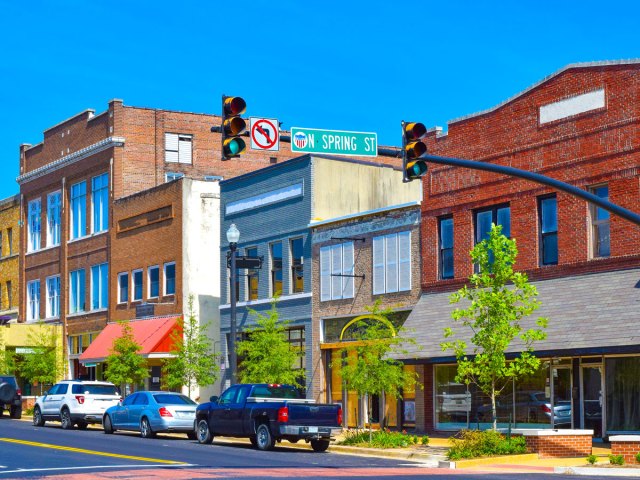
Cost of groceries: 4.1% lower than the national average
The Magnolia State is one of the least expensive places in the country to buy groceries, thanks to its overall low cost of living and a recent reduction in the sales tax on groceries from 7% to 5%. Moreover, agriculture is Mississippi’s top industry, bringing in $9 billion annually, led by poultry and eggs. Other crops such as soybeans, corn, rice, and peanuts are also abundant. According to a recent study by WalletHub, Mississippi residents eat less fast food than folks in any other state, suggesting that they prefer home-cooked meals thanks to their affordability.
4. Texas
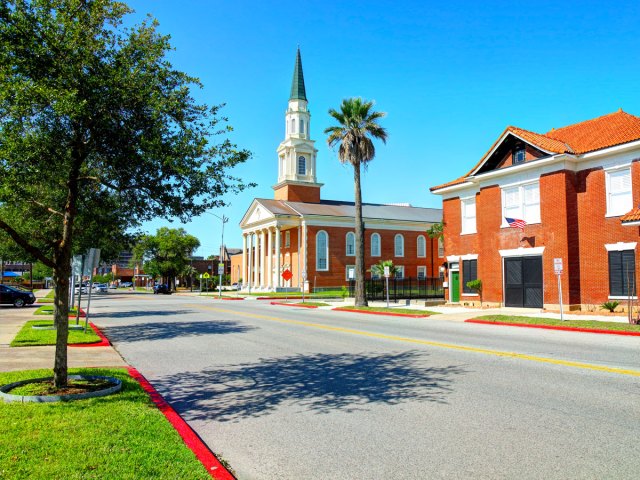
Cost of groceries: 4.2% lower than the national average
Everything’s bigger in Texas — with the exception of grocery bills. The state combines a low cost of living, a lack of sales tax on food items, and an expansive agricultural economy to keep prices low. In fact, Texas leads the nation in number of farms and ranches. King Ranch, one of the world’s largest and most renowned ranches, offers daily tours that allow visitors to explore its extensive agricultural endeavors.
But if you want to find the best grocery deals in the Lone Star State, head to Walmart. According to a recent study, Texas Walmarts have the lowest average prices among Walmarts in all 50 states, about 5% cheaper than the national Walmart average.
2. Iowa (tie)
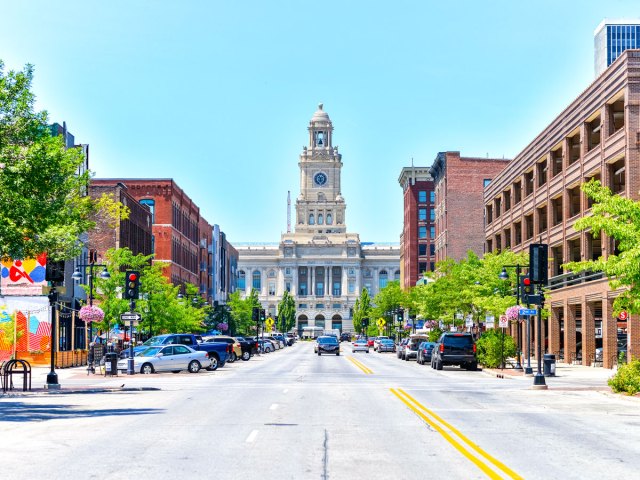
Cost of groceries: 4.3% lower than the national average
More corn is produced in Iowa than in any other state in the U.S. — to the tune of 2.6 billion bushels in 2024. More than 85% of Iowa is dedicated to farmland, and the state is also a leader in pork and egg production. This local output cuts down on transportation costs, keeping grocery bills low. Additionally, Iowa is home to budget-friendly chains like Aldi, whose first U.S. store opened there in 1976. Known for its no-frills, cost-saving approach with private-label goods, Aldi remains a favorite for bargain shoppers.
2. Oklahoma (tie)

Cost of groceries:4.3% lower than the national average
The Sooner State boasts the second lowest grocery prices in the country. And as of 2024, groceries are tax-free due to a new statewide tax elimination. Combined with a low cost of living and proximity to agriculture, Oklahoma benefits from reduced transportation costs and a wide range of fresh goods. The state also has strong retail competition among grocery chains, further driving down prices while offering local products such as beef, pecans, blueberries, and peaches.
1. Arkansas

Cost of groceries: 4.9% lower than the national average
Shoppers in Arkansas are paying nearly 5% less for groceries than the national average. Weekly grocery bills in Arkansas averaged about $260 in 2024. Its short supply chains, low cost of living, and strong agricultural economy — especially rice, poultry, and eggs — help keep prices low.
Arkansas is also the birthplace of two major grocery chains. Walmart was founded by Sam Walton in Rogers, Arkansas, in 1962, and is now the largest grocer in the world. Harps Food Stores, another major U.S. grocer, was founded in Springdale, Arkansas, in 1930. Even better, Arkansas groceries are about to become even less expensive: The Arkansas grocery tax is set to be eliminated in 2026.
More from our network
Daily Passport is part of Inbox Studio, which publishes content that uplifts, informs, and inspires.






